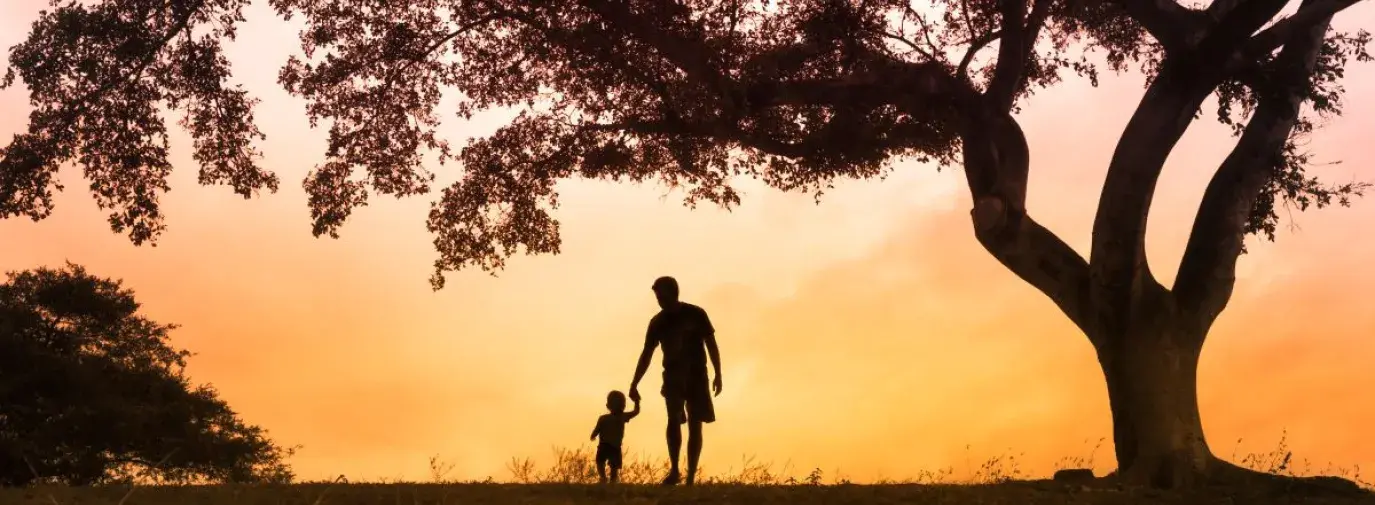
Your life is about sustainability, but what about the end of life? Funerals have shockingly high environmental impacts—one burial is equal to driving over 2,400 miles, according to a 2017 study in France. Choices made for the end of one’s lifecan also be a beautiful celebration, especially when part of your legacy is care for the Earth. Many alternatives to traditional burials exist to honor your life and the planet, too.
Traditional Burials and Cremation
Traditional burials may include a casket, embalming, a burial plot, a burial vault, a headstone, and expensive funeral home costs. Cemeteries require a lot of water to maintain green grass, and with its many impervious surfaces, harmful herbicides wash away and contaminate waterways.
In addition, the embalming process is highly toxic and invasive. Embalmers, who use formaldehyde and other chemicals, must wear respirators and full body coverings during this process. Over time, embalming fluid leaks into the ground where it can contaminate drinking water—it is estimated that 827,060 gallons of formaldehyde, benzene, and methanol are buried in the US each year.
In 2015, the US cremation rate surpassed the casket burial rate. And while cremation doesn’t take up as much space in a cemetery as a casket, it’s not exactly environmentally friendly, either. Crematories emit air pollution in the form of particulate matter, sulfur dioxide, carbon monoxide, and mercury—cremations were responsible for 5.5% of mercury emissions in the US in 2017, according to the EPA. Crematories run on fossil fuels and often operate in frontline communities, already burdened with pollution.
How you choose your resting place is completely personal. A natural burial or another low impact alternative may be more suited for you.
What is a Natural Burial?
Natural burials have become more popular in response to the environmental concerns of traditional burials. A natural burial doesn’t use nearly the same amount of resources as a traditional burial: it omits the concrete vault and substitutes a hardwood or metal casket for a shroud and pine casket; the grave is dug by hand instead of machinery; and avoids all embalming fluids. This means the body can return to the Earth naturally within a few years. Depending on where the natural burial takes place, flowers and trees can be planted on the burial site.
Natural burials usually take place in green cemeteries or in protected lands as a conservation burial. Green cemeteries avoid artificial pesticides and practice environmentally responsible land management. Some cemeteries have designated areas for green burials—Green Burial Council cites over 150 green cemeteries across the country and has information on their website for people interested in learning more. Ask the potential funeral home you’d like to perform your service if they offer natural burials.
Trees for a Change is a gifting service that plants a tree in a national forest recovering from wildfire or pine beetle destruction. Trees for a Change offers memorial trees for family members that have passed away and includes a map so that the family and future generations may one day visit the tree. While the service does not replace a plan for remains, it is a truly green alternative or addition to a headstone as a memorial.
Water Cremation
Water cremation (or aquamation or alkaline hydrolysis) is a gentle alternative to flame cremation. It uses 90% less energy and there are no emissions or smoke during cremation, said Emily Nelson, CEO and founder of Be a Tree Cremation in a 2021 interview with Rocky Mountain PBS.
Water cremation uses a solution of water and alkaline chemicals to reduce a body to liquid and bone. The liquid is nutrient-dense and can be used as fertilizer—Be a Tree Cremation partners with Half Moon Farm in Lakewood, Colorado, to grow flowers and non-edible plants with this water. The bones are then dried and turned into cremated “ashes.” Aquamation is legal in 20 states as of 2021, and not all states are equipped with facilities.
Human Composting
Much like composting you might do with veggie scraps, one of the newer burial services relies on microbes, oxygen, and plant matter to help the body decompose, converting remains to soil in 30 days. The soil is then returned to the family or can enrich conservation lands and forests.
According to Recompose, a human composition funeral service in Washington, each person that uses its service instead of cremation or traditional burial saves one metric ton of CO2 from entering the atmosphere. So far, only Washington, Vermont, Oregon, and Colorado have legalized this funeral service.
The blog Talk Death is another good resource to learn about human composting.
Planning for the end of life is an emotional and personal process. If a green burial option is right for you, it can be a special way to continue your legacy of caring for the Earth when it comes time to return to it.







